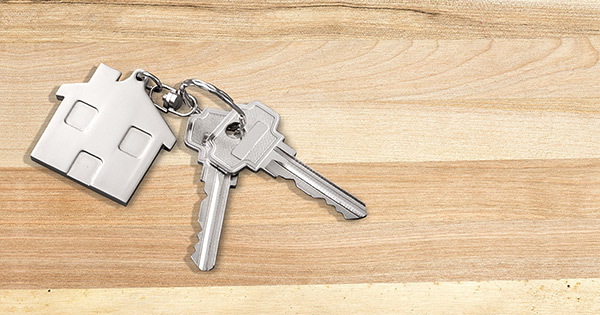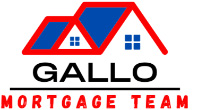| 1) |
Pre-qualification - This informally determines the maximum amount you are eligible to borrow. This is not a guarantee of a loan. The key to getting pre-qualified, is to provide your entire credit history. Neglecting to mention an outstanding car loan or previous credit problem can nullify the pre-qualification. |
| 2) |
Pre-approval - Pre-approval is similar to pre-qualification, except your debt, income and credit are all verified and you are actually approved for a loan, up to a specific amount and under certain conditions and terms. Becoming pre-approved means you can search for your dream home knowing exactly how much you can afford. |
| 3) |
The Hunt - Now that you know how much home you can afford, you can begin shopping. Ask your Real Estate Agent to search the MLS (Multiple Listing Service) daily for homes that meet your specific criteria. |
| 4) |
Purchase & Sale Agreement - When you find the right home, the terms of the sale are negotiated, including the sale price, repair requests, move-in date, etc. Your Agent will present your offer to the sellers. Your pre-qualification or pre-approval letter will usually be submitted with your offer since it can tilt the sale in your favor, especially in a competitive market. |
| 5) |
Loan Application - Once the seller accepts your offer, you will need to obtain your mortgage. Unless you have been pre-approved, you will need to complete a loan application. |
| 6) |
Documentation - Paperwork supporting the application must be submitted. This normally includes pay stubs, two years’ tax returns and account statements verifying the source of the down payment, funds to close and reserves. If you were pre-approved, this step has already been completed. |
| 7) |
Appraisal - Lenders require an appraisal on all home sales. This step could jeopardize a sale if a big discrepancy were to exist between the sale price and appraised value of the house, but this rarely occurs. |
| 8) |
Title Search - This is the time when a search for any liens against the property is conducted. A lien may have been placed on a property to ensure payment of outstanding debts by the owner. All liens must be cleared before a title transfer can be completed. |
| 9) |
Property Inspection - Most purchase loans require an inspection of the property for termite and water damage as well as possible safety hazards. Some problems may need to be repaired before finalizing the sale. |
| 10) |
Processor’s Review - A loan processor will package all pertinent information to be sent to the underwriter, including any explanations that may be needed, such as reasons for derogatory credit. |
| 11) |
Underwriter’s Review - Based on the information put together by both the loan representative and the processor, the underwriter makes the final decision on whether or not a loan is approved. Lenders are looking for borrowers who will make their payments on time and for a property that will cover the cost of the investment, if a buyer defaults. |
| 12) |
Mortgage Insurance - Many lenders require borrowers to carry private mortgage insurance when their down payment is less than 20 percent of the home’s sale price. Even if a loan meets the standards of a lender, a mortgage insurance company could choose to deny coverage. |
| 13) |
Final Loan Approval - In most cases, when your credit and debt-to-income ratio is good, your loan will be approved. However, in some cases, you may need to put more money down to improve the debt-to-income ratio. In addition, if the property appraises for less than the purchase price, you may need to increase your down payment to cover the difference. In some cases, repairs or improvements on the property may be required. There may also be other conditions to meet before the final loan approval and loan documents are issued. |
| 14) |
Insurance - Lenders require fire and hazard insurance on the replacement value of the structure. Flood insurance may also be required if the property is located in a flood zone. In some areas, earthquake insurance is a possible requirement. |
| 15) |
Signing - Final loan and escrow documents are signed by you (the buyer) and the seller. |
| 16) |
Funding - A wire or check for the amount of the loan will be sent to the title company. |
| 17) |
Close of Escrow / Closing - Documents transferring title are recorded with the County Recorder. |
| 18) |
Confirmation of Recording - The title company then authorizes the escrow company, or closing agent, to draft a check to the seller. |
| 19) |
Move In! - Now you get to move in to your new home. Make sure you replace all the locks for safety. |


